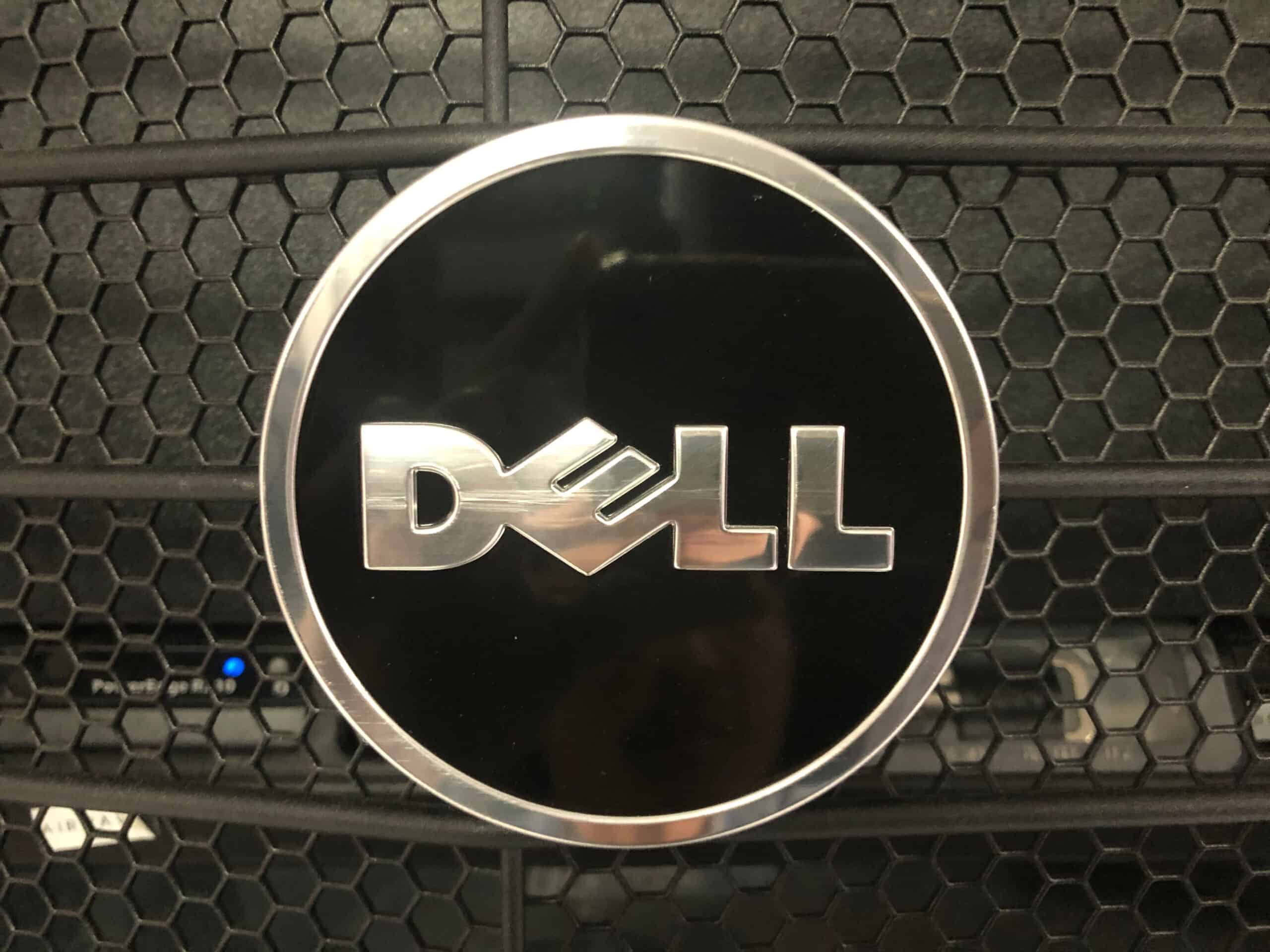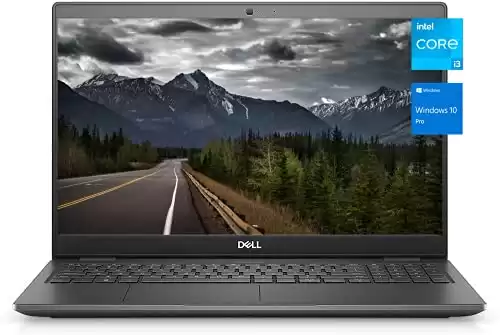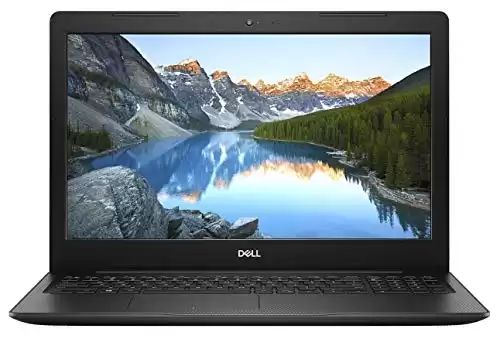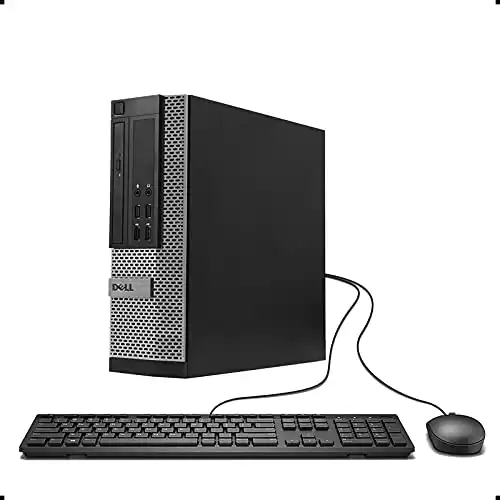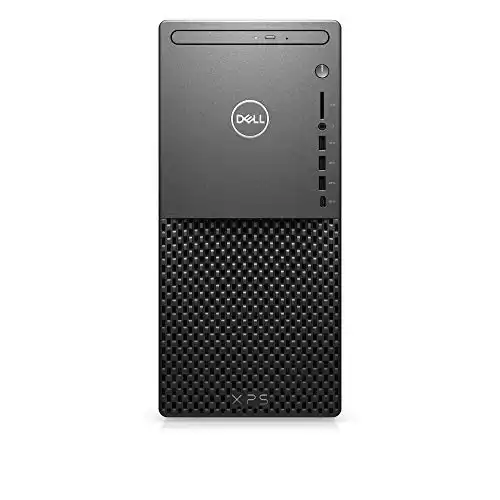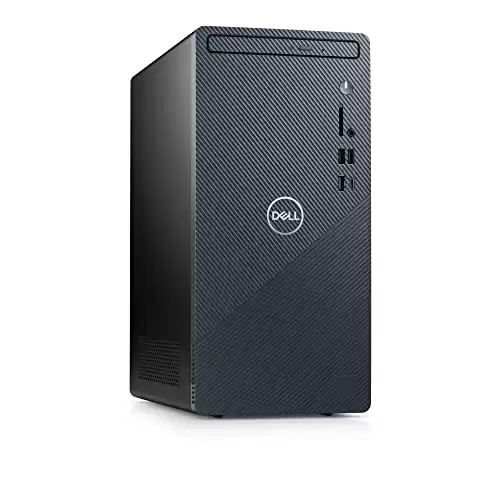The History of Dell: What to Know?
The history of Dell is a long and fascinating tale. Today, Dell is one of the most popular PC brands in the world, and they are one of the most prominent players in the industry. Dell makes laptop computers, desktop computers, all-in-ones, servers, and workstations.
Additionally, thanks to the acquisition of brands like EMC, Dell is one of the biggest manufacturers of servers in the world. Dell has also dipped their toes into the PC gaming market by acquiring companies like Alienware. Besides making the Alienware gaming laptops we all know and love, Dell also produces computers for home and business users.
You may wonder how Dell has become such a household name in the computer industry. In today’s article, we will dive deep into Dell’s history and explore how it became the massive company it is now. From their humble beginnings with one man’s dream to the global company powering businesses all over the world, we’ll see precisely how Dell came to dominate the computer industry.
Founding of Dell: How It Happened
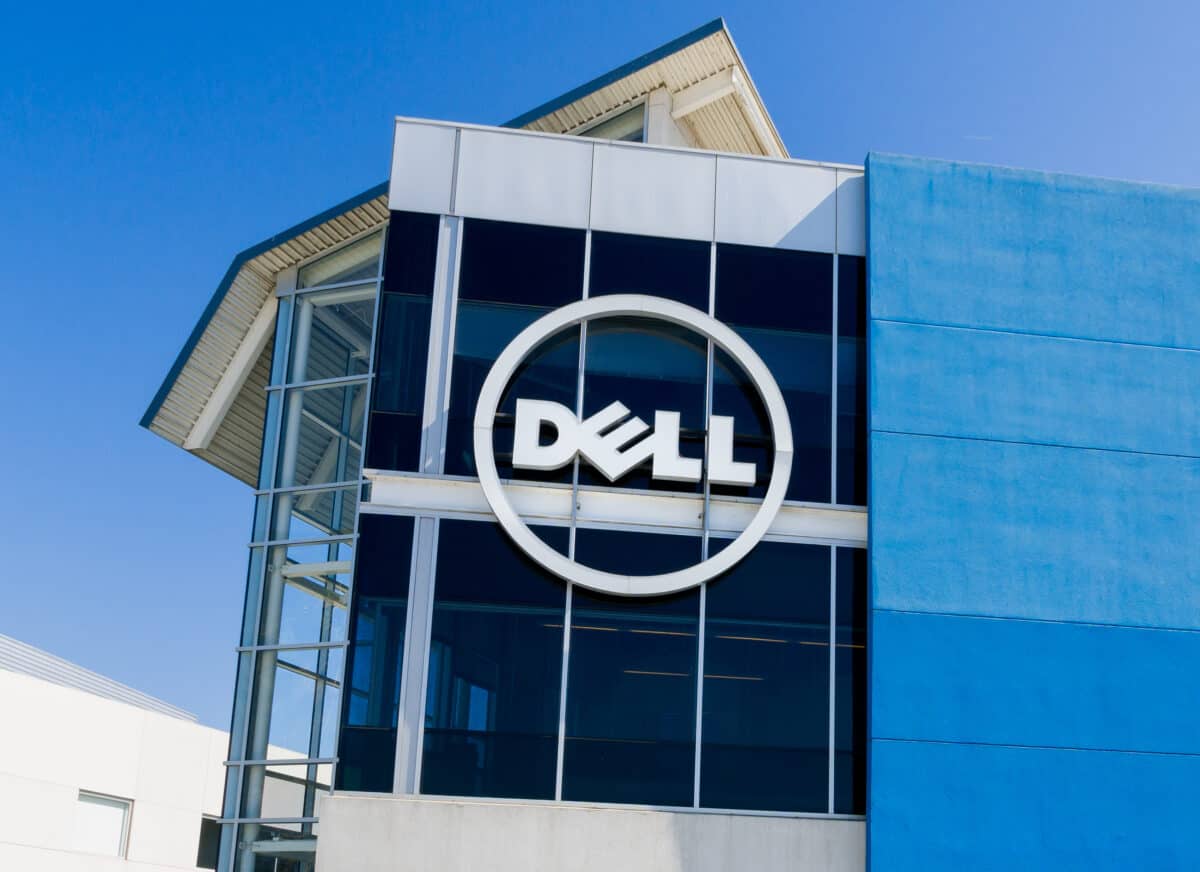
Dell EMC Infrastructure Solutions Group accounts for 41% of Dell’s annual revenue and is the largest manufacturer of servers in the world.
The founding of Dell is thanks to one man: Michael Dell.
To understand how Dell got its start as a company, we have to take it back to 1984, when Michael Dell was still in college. He often enjoyed building computers in his spare time and was very passionate about it. This passion for building PCs gave him the idea to start his own company.
Michael Dell’s unique selling proposition was that he could sell computers for less than his competitors by assembling the components and selling directly to consumers. Although this concept is familiar to us these days, it was unheard of at the time.
If you wanted a PC, you needed to go to an outlet store like Apple or IBM and purchase a predesigned system. By building IBM-compatible systems from stock components, Dell could eliminate the middleman and offer significantly cheaper computers.
While still in his freshman year at the University of Texas, Michael Dell began selling PCs out of his dormitory. After seeing impressive initial success, he decided to take it a step further, and within a year, he dropped out of college to focus full-time on the business. With $1,000 of startup capital borrowed from his family, Dell officially went into business with the name “PCs Limited.”
The Early Days
The first Dell computers were sold via national magazines. Dell chose this outlet so that they could offer customers lower prices by selling direct. In fact, Dell’s first official marketing slogan was “Be Direct.” This direct-to-consumer approach gave Dell the initial momentum it needed to increase its market share and become an even bigger company.
Based on similar PCs of the time, the first Dell computer was essentially a prebuilt assembled computer from existing components. First released in 1985, it was known as the “Turbo PC” and it came with an Intel 8088 processor. With a price tag of just $795, the Turbo PC was immensely popular.
What made the first Dell PCs even more popular was that you could custom configure your PCs when ordering. Dell was one of the first PC makers to offer customizable options. Although it is quite common today, getting a built-to-order PC was a wildly new concept in 1985.
The Late 1980s
Dell’s first PCs paved the way for explosive growth. In the first year alone, Dell saw a whopping $73 million dollars in sales. After the first couple of years, Dell began to expand onto the global stage and set up offices in the United Kingdom.
While Dell was known as “PCs Limited” for its first few years of business, it quickly became apparent that a more suitable name was needed. After a lot of thought, it was settled to change the name to Dell Computer Corporation. It was hoped that the new name would present Dell as a more professional and modern company, better suited to handle the needs of business and corporate clients.
After the name change in 1987, the company considered going public. With an average of 80% growth annually, the Dell Computer Corporation is not short on funds, but the lure of investor capital is extremely tempting.
More money could be used to fund further expansion into global markets and, in 1988, Dell made the call to officially go public. With the initial public offering, Dell sold 3.5 million shares at a rate of $8.50 per share.
Once Dell went public, growth was unstoppable. Due to the lack of local stores willing to service Dell products, it was imperative that Dell open their own physical locations for customers to receive service. In response to this, the first service centers were opened in 1989 in multiple countries around the world, from Europe and Asia to the Americas.
The 1990s
The 1990s were a busy decade for Dell.
In 1992, Michael Dell became the youngest CEO of a Fortune 500 company when Fortune included Dell in its list of 500 largest companies in the world. By this time, Dell had begun to test the waters in different sales channels.
One such idea was to sell PCs in retailers like Walmart. Another idea was to sell PCs in computer superstores and warehouses. Unfortunately, neither of these ideas panned out for Dell, and ultimately they decided to stick to the direct-to-consumer model they were known for.
With the advances in the internet happening at this time, Dell was poised to take advantage of a new market. Dell’s website took off throughout the second half of the 1990s. Although their attempts to break into the retail sector were unsuccessful, the Internet would prove to be Dell’s ticket to further success. Dell’s direct-to-consumer model could shine with the internet, since computers could be bought and paid for online.
Dell enjoyed slow and steady growth throughout the rest of the decade and, by 2004, it had surpassed every other PC manufacturer. While its competitors went bankrupt or were bought out during the “Dot Com Crash” around this time, Dell’s continued success catapulted them to number one.
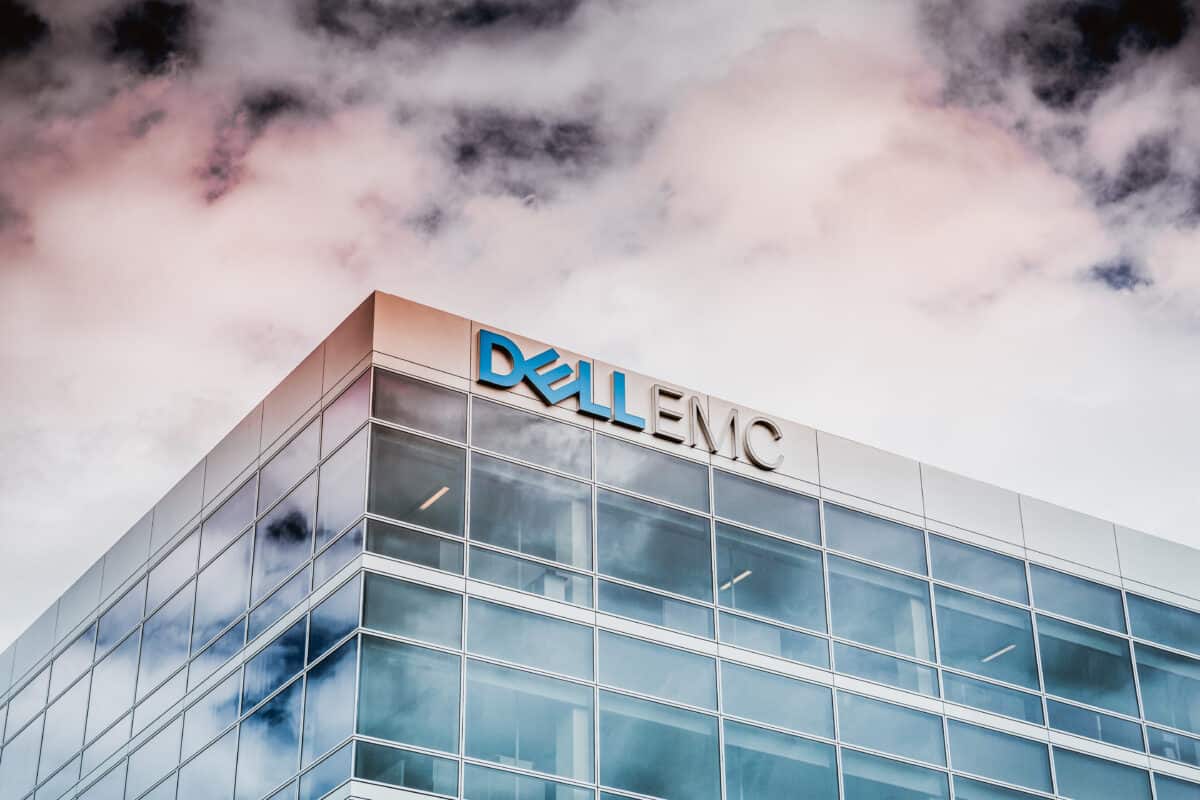
The 2000s and the Decline of Dell
After many years of growth and success, the cracks began to show in Dell’s foundation. The factors leading up to the downfall of Dell were also, in part, some of the things that made them successful. Things like direct-consumer sales and custom-configured PCs were successful at first, but the rise of big-box retailers and competing brands posed a growing threat to this business model.
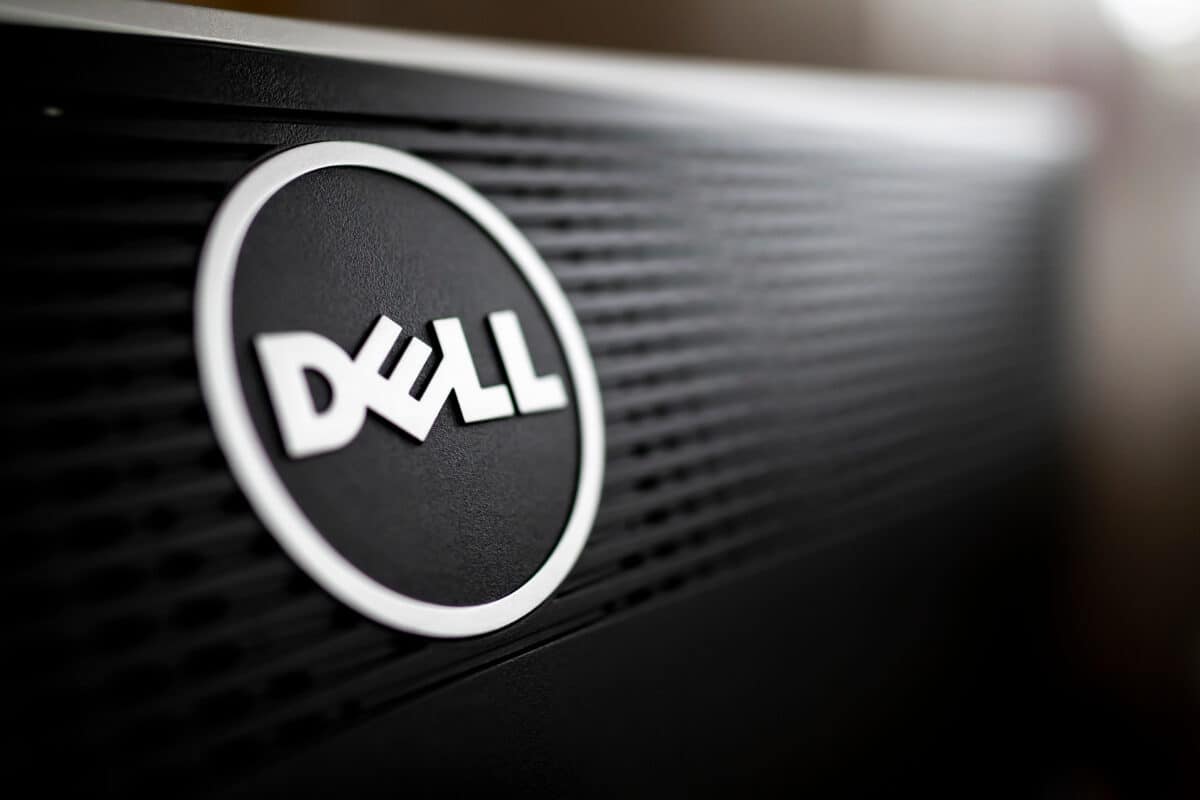
Dell PowerEdge 730 integrates a video graphics card.
Dell’s lack of investment in research and development led to other brands surpassing them in terms of innovation. The latest models from brands like HP, Acer, and Toshiba often came packed with more features and better hardware than similar Dell computers. In addition, Dell’s focus on direct sales meant they couldn’t capitalize on the growing consumer interest in retail computer sales. Furthermore, since Dell computers could not be found on store shelves, most buyers ended up choosing a computer from a competitor.
Another growing issue was that Dell could no longer compete on price. Since the cost of computers had been falling, Dell simply wasn’t making as much profit with each sale. Computers that used to sell for thousands were now selling for hundreds, resulting in Dell needing to cut back on expenses.
Dell: Notable Controversies
Customer Service
The customer service department was the first area Dell looked to cut costs. Although Dell always maintained a reputation for excellent customer service, this would change throughout the 2000s. The company’s technical support infrastructure could not keep up with Dell’s growth, and over time this led to a severe decline in customer service quality. After shifting technical support lines to offshore call centers, excessive wait times and poor service meant Dell’s reputation took another dive.
Faulty PCs
Dell’s reputation took another blow after it was discovered that it had shipped millions of faulty PCs. Between 2003 and 2005, almost 12 million Dell Optiplex desktops were recalled due to malfunctioning capacitors. Dell’s nail in the coffin was that most of these PCs were purchased by business clients such as schools and governments. The result was that Dell lost a significant share of its corporate clients.
Faked Financial Reports
An SEC investigation into Dell’s financial reports revealed that Dell had been misrepresenting earnings. Several employees were found to have exaggerated the figures in quarterly reports in order to meet their sales quotas. Dell failed to disclose this information to investors and, as a public company, the penalties were strict. Ultimately, Dell was fined $100 million by the SEC.
Acquisitions: How Dell Recovered
In 2006, Dell was officially surpassed by HP as the largest PC maker in the world. This was the first year that Dell experienced a decline in sales, and it was clear that something needed to change.
Dell began to downsize and lay off employees and, by 2013, it went private in a leveraged buyout. Michael Dell cited the need to undergo significant changes in the company and said that having public investors would interfere with the company’s revitalization.
Since going private, Dell found renewed success. By expanding further into servers, networking, and infrastructure, Dell was able to offset losses from the PC side of the business. Thanks to the acquisition of companies such as SecureWorks, VirtuStream, Wyse, and SonicWall, Dell was able to build the perfect IT ecosystem for both home computing and cloud computing. Some of the most important acquisitions we have listed below.
EMC Corporation – Cloud Computing
Dell acquired EMC corporation in 2016 for $67 billion, bringing with it a massive upgrade to Dell’s servers and infrastructure. The EMC acquisition also came with a massive stake in the cloud computing giant, VMware.
Alienware – Gaming Computers
Alienware was another brand that Dell leveraged to take back market share in the home user sector. Since being acquired by Dell, Alienware computers have become some of the world’s most popular gaming laptops and desktops. Although the original amount that Dell paid for the Alienware brand was never disclosed, it is rumored to be over $3 billion.
Dell: What are the Most Important Inventions?
.After several years out of the public eye, Dell once again went public in 2018. Today, Dell accounts for a large share of global PC and server sales. Additionally, Dell is one of the largest manufacturers of peripherals like monitors, keyboards, and mice. Some of the most important inventions are listed below.
Dell Servers
Dell began making servers in the early 1990s and, by 1996, they released the first generation of the Dell PowerEdge server. Today, their most famous servers include the PowerEdge R720, R730, R740, and more.
Dell Laptops
Dell has been making laptops for decades, and they are responsible for the creation of some of the most popular models. Dell’s most famous laptops include the Dell,
- Seal is opened for Hardware/Software upgrade only to enhance performance. 15.6" Full HD (1920x1080) 60Hz Display; WiFi 6, Bluetooth, Ethernet LAN (RJ-45), Integrated Webcam, Keyboard, .
- 11th Gen Intel Core i5-1135G7 2.40GHz Processor (upto 4.2 GHz, 8MB Cache, 4-Cores, ) ; Intel Iris Xe Integrated Graphics.
- 16GB DDR4 SODIMM; 65W Power Supply, 4-Cell 53 Whr Battery; Black Color, .
- 256GB PCIe NVMe SSD; 2 USB 3.2 Gen1, 1 USB 2.0, 1 HDMI, USB 3.2 Type-C Gen1, Micro SD Reader, No Optical Drive, Headphone/Microphone Combo Jack.
- Windows 10 Pro-64., 1 Year Manufacturer warranty from GreatPriceTech (Professionally upgraded by GreatPriceTech)
- Screen: 13.4 inches in size, touch enabled, FHD+ resolution
- Storage: 512GB SSD, RAM: 16GB LPDDR4X
- CPU: Intel's 11th generation core i7
- Warranty: On site, 2 years
- Seal is opened for Hardware/Software upgrade only to enhance performance. 15.6" Full HD (1920x1080) 60Hz Display; WiFi 6, Bluetooth, Ethernet LAN (RJ-45), Integrated Webcam, Keyboard, .
- 11th Gen Intel Core i5-1135G7 2.40GHz Processor (upto 4.2 GHz, 8MB Cache, 4-Cores, ) ; Intel Iris Xe Integrated Graphics.
- 16GB DDR4 SODIMM; 65W Power Supply, 4-Cell 53 Whr Battery; Black Color, .
- 256GB PCIe NVMe SSD; 2 USB 3.2 Gen1, 1 USB 2.0, 1 HDMI, USB 3.2 Type-C Gen1, Micro SD Reader, No Optical Drive, Headphone/Microphone Combo Jack.
- Windows 10 Pro-64., 1 Year Manufacturer warranty from GreatPriceTech (Professionally upgraded by GreatPriceTech)
- Dell 15.6 HD 1366x768 LED-backlit Display
- Intel Celeron N4020 CPU
- DDR4 4GB memory, 128GB M.2 PCIe NVMe SSD storage
- USB3.0
- Windows 10 Home
Dell Desktops
Dell is well-known for its desktop computers. Some of their most popular models include the Dell, Dell, and Dell.
Although not particularly innovative, Dell’s desktops are known to be made with a quality manufacturing process and come at reasonable prices.
- 4th Generation Intel Core i7-4770 processor
- 32GB RAM
- 1TB SSD
- 2x Display Port 1x VGA plus DisplayPort to HDMI adapter included
- USB 3.0 and USB 2.0 ports
- Wi-Fi adapter
- Intel Core i7-11700 Processor: Fast 4.9 GHz multicore processor for smooth performance.
- 32GB DDR4 Memory: Provides ample memory for multiple applications and programs.
- 512GB SSD Storage: Offers quick access to files and programs with no waiting.
- 1TB HDD Storage: Provides ample additional storage space for your files and documents.
- Wired Keyboard and Mouse: Includes a comfortable keyboard and mouse for seamless input.
- Intel Core i5-12400 processor
- Wi-Fi 6 technology
- Intel UHD Graphics 730
- 16 GB RAM, 1 TB SSD
- Windows 11 Home
FACTS BOX
| Year Founded | 1984 |
| Founder | Michael Dell |
| Industry | IT, home computing, cloud computing |
| Headquarters | Round Rock, Texas |
| Key People | CEO: Michael Dell Vice Chairman: Jeff Clark COO: Chuck Whitten CMO: Allison Drew CFO: Tom Sweet |
| Notable products | PowerEdge server, Latitude, Inspiron, Optiplex, Precision |
| Website | www.Dell.com |
Next Up…
- Porsche EVs: Current and Upcoming Vehicle Guide
- Nissan Leaf vs. Chevy Bolt: Which EV Wins?
- Namecheap Vs Dreamhost Hosting – Which is best for your website?
The image featured at the top of this post is ©Izwanriza/Shutterstock.com.
